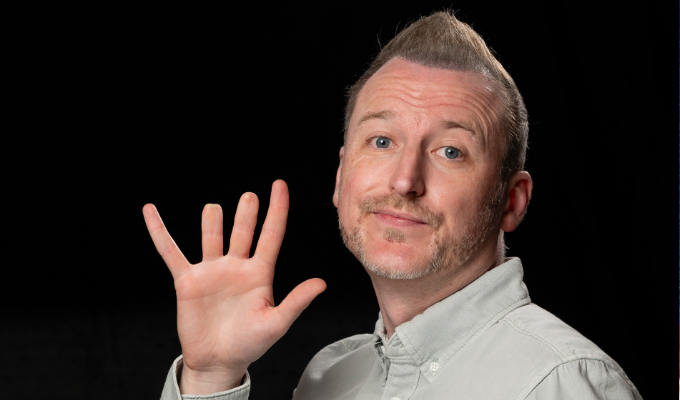All very funny... in theory
Diane Spencer reads an academic deconstruciton of stand-up
I have just finished reading perhaps the most complicated book I have ever read on stand-up comedy : Standup Comedy In Theory, Or, Abjection In America, written by the verbose Professor John Limon.This unique book, first published in 2000, is the first I have found that treats stand-up as you would treat art, in that it attempts to provide academic placement and cultural theory to the development of American stand-up from 1960 to the present day. Over six chapters, Prof Limon turns his eye to Lenny Bruce, Mel Brooks, David Letterman, Richard Pryor , Ellen DeGeneres and others.
Straight away, my Dad’s voice rang in my head: ‘Kid, either it’s funny or it ain’t’. This book accepts that all these people say on stage is funny, then does a wordy, highbrow, intelligent commentary on selected lines of routines, applying a deeper philosophical intent and knowledge to them, which is impressive, but unnerving.
Being a stand-up, part of my soul shrieks at the book and wants to burn it as witchcraft. It brings to mind the old adage from EB White about dissecting and killing the comedy frog.
This is not a how-to book. There are no performance tips and techniques, writing formulae or industry advice on selling yourself. This is someone making a bold move in treating comedy as art, which inherently creates a paradox if you adhere to the idea that comedy is the great leveller. Stand-up traditionally pricks at pomposity and is anti- establishment, so therefore feels strange when elevated to the status of modern art through this type of deconstruction.
Ironically the book is about abjection in the sense of being ‘cast down’ or ‘low’, but the application of academic theories, linked to other dramatic works, automatically elevates the subject again.
Prof Limon fresh’s book is oddly exciting because, unless you are Stephen Fry or you have the patience to look up every other word, it is immensely hard to read. He knows lots of words, and lots of cultural references, which he draws on to make his seemingly whimsical statements. The problem with this, is that unless you understand the words or the references you can be left for an hour looking like a meerkat trying to do a magic eye puzzle.
I found the best way to get through the book was to coast through and, like a ship appearing in fog, I would uncover a line that made sense and somehow the preceding metaphors became more clear.
Some things I learnt from this book in bullet form (and I apologise if I have misunderstood anything – I am the meerkat):
- Lenny Bruce adopts the position of belligerent son, with the audience in the role of the father. But he already adopts the fatherly position as he stands before them, with the authority of the mic, and this helps make laughing happen due to the ‘oscillation’ of his position and the resulting ‘vibration’ of his audience.
- The audience want a stand-up to simply ‘be’. That is the job of the comedian, to simply exist.
- Phyllis Diller’s nose may have resembled a penis.
The target audience of the book is people who are interested in stand-up history and analysis, though not necessarily stand-ups themselves. The book throws up some interesting views, especially on Richard Pryor’s divisive audience banter, David Letterman’s lightening-sharp ability to be in the moment whilst simultaneously not saying anything of substance, and Ellen DeGeneres’s transformative abilities.
This kind of analysis could contribute to the industry, in that it has potential to lure in interest from a new audience; a richer, philosophical audience who enjoy being benefactors to the arts. Were other people to adopt this kind of study, it may also potentially develop a stronger academic interest in stand-up.
This book is a collection of essays, all standalone pieces of university writing. Prof Limon’s analysis is an academic pursuit, where classical ideas are being superimposed on to lines of a standup’s routine, as you would meanings and metaphors in modern plays or artwork. There is merit in this approach, though I am not clever enough to identify clearly yet, what that true merit is.
- Diane Spencer's website is difunny.com. Click here to buy Prof Limon's book
Published: 20 Sep 2010






